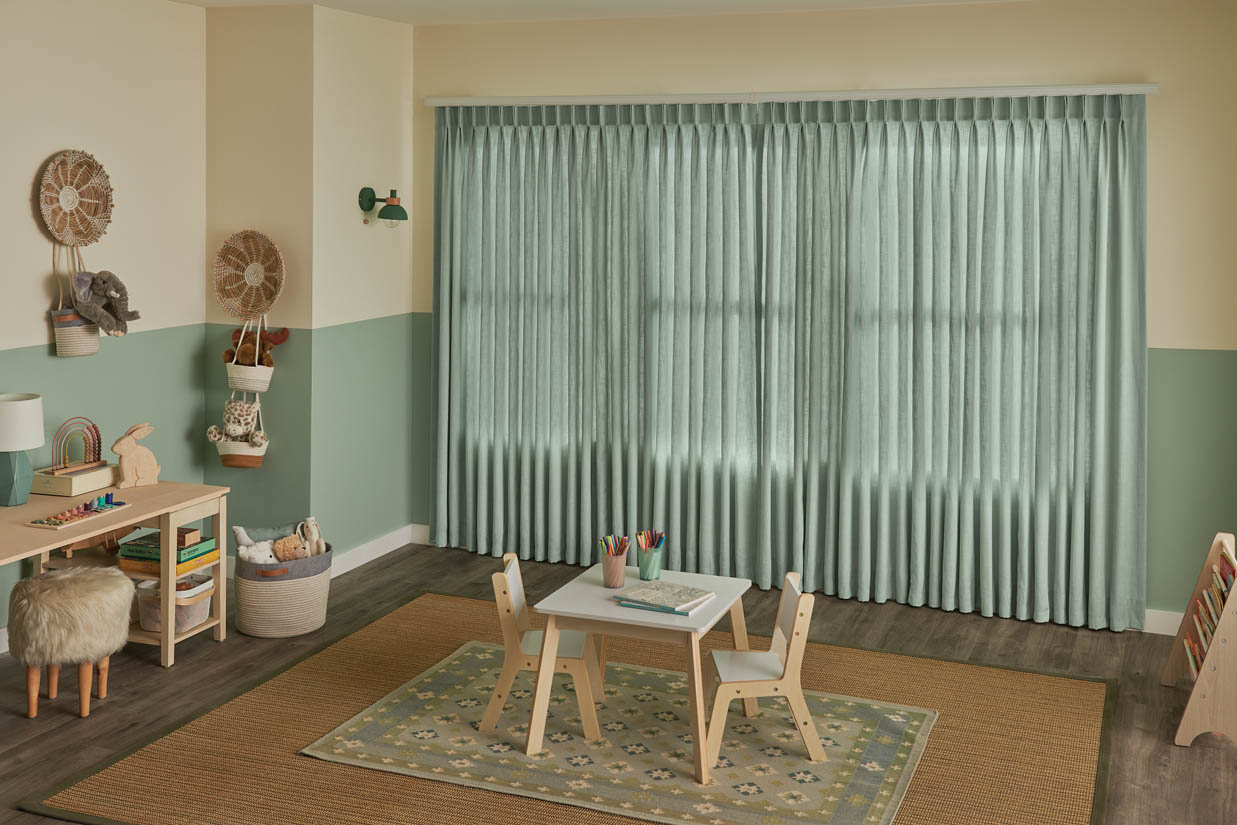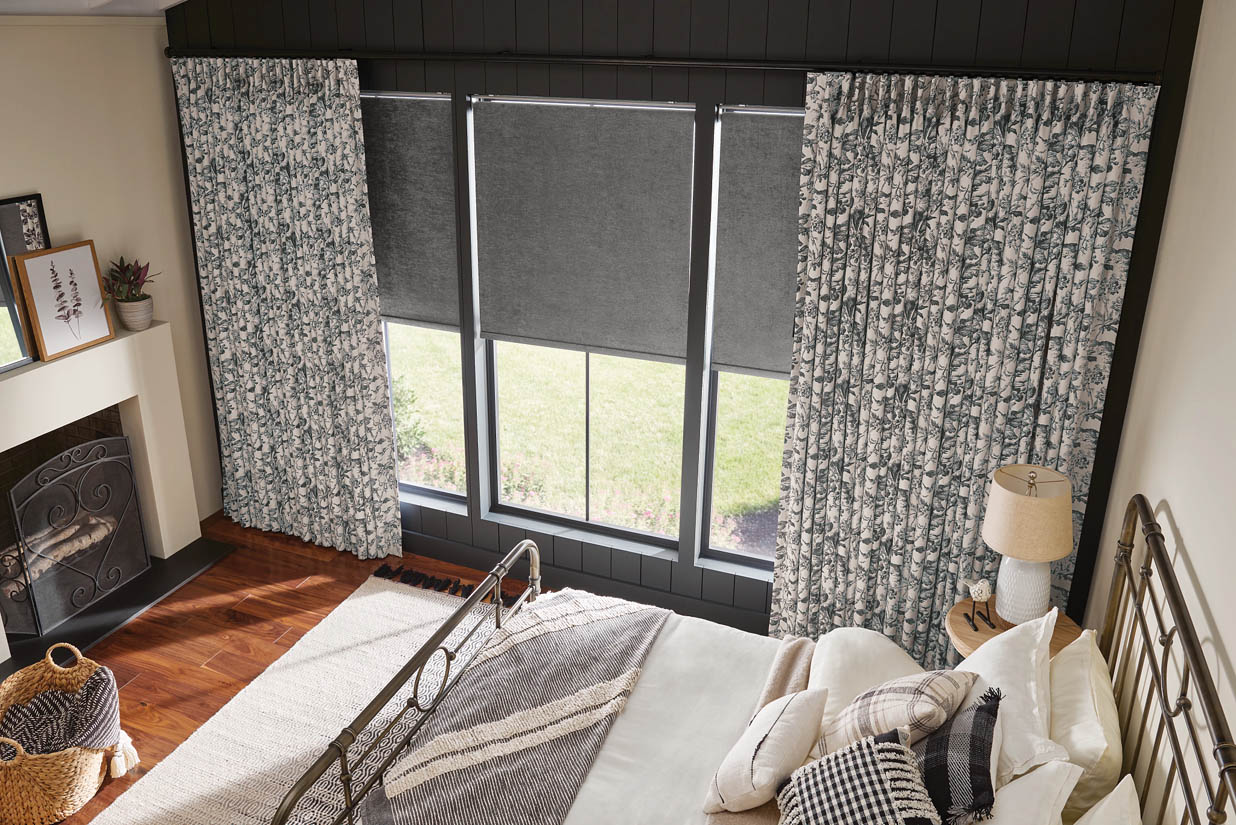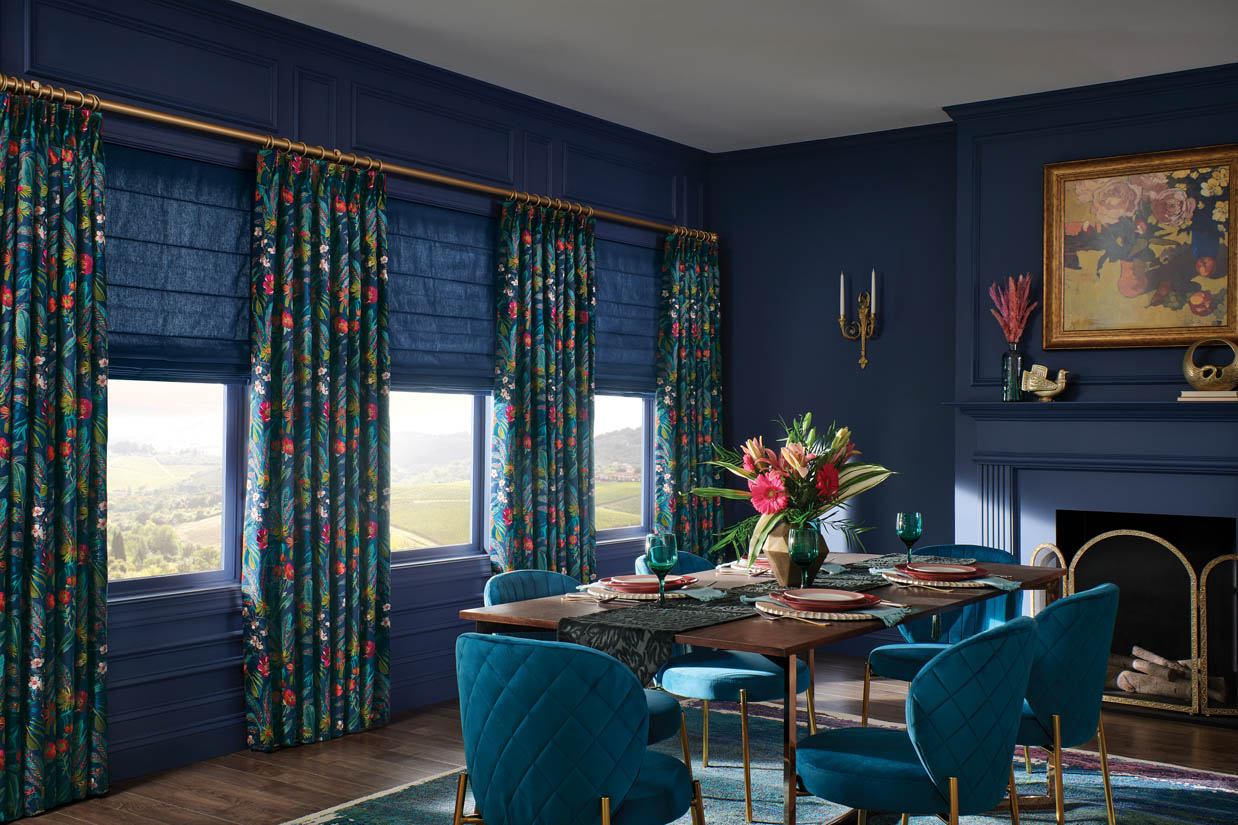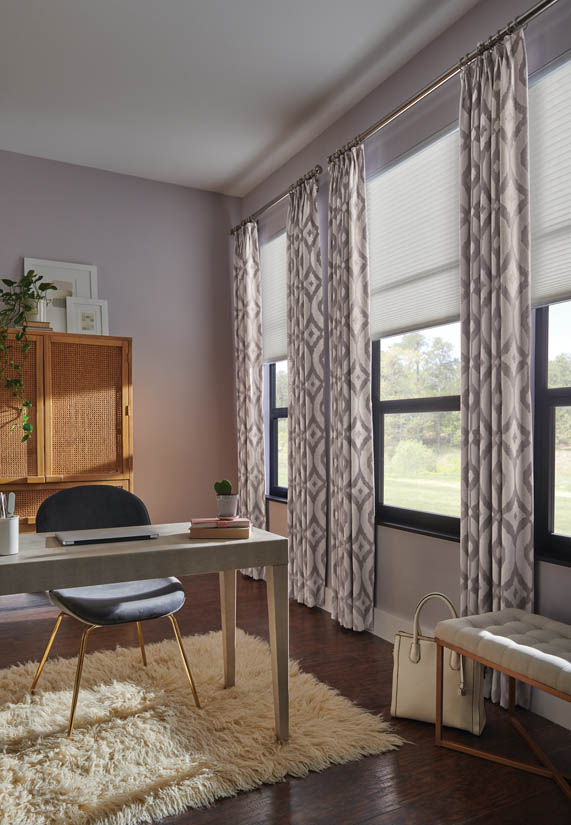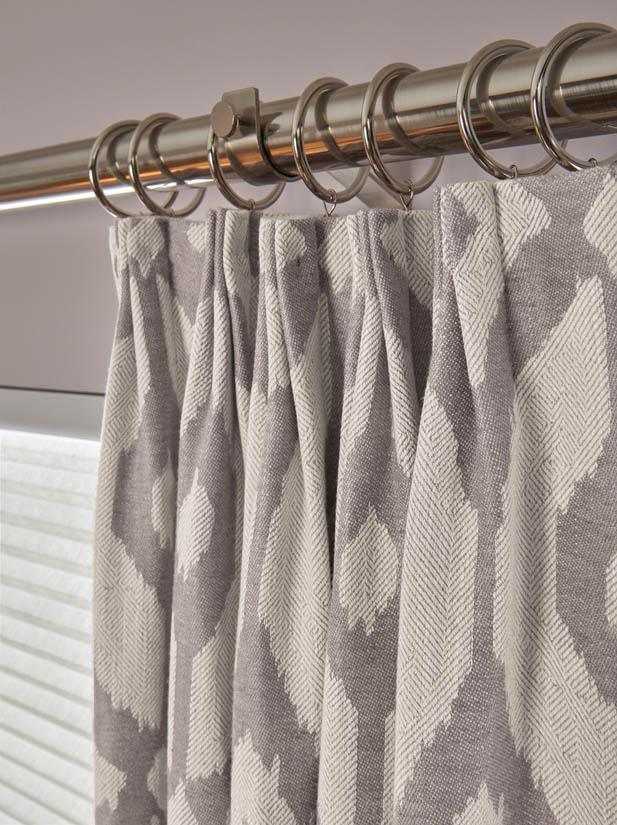Frequently Asked Questions
How much should I expect to pay for professional drapery installation services?
The cost of professional drapery installation services typically ranges from $50 to $150 per panel, depending on factors such as the complexity of the installation and the materials used. For a precise estimate, it's best to schedule a consultation.
How do I choose the right color and fabric for my custom window treatments?
Choosing the right color and fabric for your custom window treatments involves considering your room's decor, lighting, and personal style. Opt for fabrics that complement your existing furnishings while selecting colors that enhance the overall ambiance.
What are the benefits of professional installation versus DIY drapery mounting?
The benefits of professional installation versus DIY drapery mounting include expert precision, time savings, and access to specialized tools. Professionals ensure a flawless fit and finish, enhancing both the aesthetics and functionality of your custom drapery.
How important is the installation process for drapery and should I hire a professional?
The installation process for drapery is crucial for achieving the desired aesthetic and functionality. Hiring a professional ensures precise measurements, proper hanging techniques, and optimal results, enhancing the overall look of your space.
What are the differences between professional installers and DIY drapery installation options?
The differences between professional installers and DIY drapery installation options are significant. Professional installers ensure precise measurements, expert fitting, and a polished finish, while DIY installations may lack the same level of expertise, potentially leading to misalignment or aesthetic issues.
What factors influence drapery installation costs?
The factors that influence drapery installation costs include the type of fabric, size and complexity of the window, hardware requirements, and the level of customization desired. Additional costs may arise from the installation location and any necessary modifications.
How to select fabric for window treatments?
Selecting fabric for window treatments involves considering the room's style, desired light control, and maintenance needs. Choose materials that complement your décor, provide the right level of privacy, and are easy to clean for lasting beauty and functionality.
What styles of drapery are most popular?
The most popular styles of drapery include traditional pleated, modern grommet, elegant rod pocket, and casual tab top designs. Each style offers unique aesthetics and functionality, allowing homeowners to enhance their spaces beautifully.
How long does professional installation take?
The duration of professional installation varies based on the complexity of the project, typically taking between 1 to 3 hours for standard installations. Our team ensures a seamless process while prioritizing quality and efficiency.
What tools are needed for DIY drapery?
The tools needed for DIY drapery include a measuring tape, scissors, a sewing machine, fabric pins, a level, and a drill for installation. These essentials will help you create and hang your custom drapery effectively.
How to measure windows for custom drapery?
Measuring windows for custom drapery involves taking precise measurements of the width and height of your window frame. For best results, measure the width at the top, middle, and bottom, and use the longest measurement. Then, measure the height from the top of the window frame to the desired length, whether it’s just above the sill or to the floor.
What are common mistakes in drapery installation?
Common mistakes in drapery installation include improper measurements, inadequate hardware selection, and neglecting to consider the fabric's weight and style, which can lead to an unbalanced or ineffective window treatment.
How to maintain custom fabric drapery?
Maintaining custom fabric drapery involves regular vacuuming to remove dust and periodic gentle cleaning according to the fabric type. For stubborn stains, consult a professional cleaner to preserve the quality and appearance of your drapes.
What types of fabrics are best for drapery?
The best types of fabrics for drapery include natural materials like cotton and linen for their breathability, as well as heavier fabrics like velvet and brocade for a luxurious look and enhanced light control.
How to coordinate drapery with home decor?
Coordinating drapery with home decor involves selecting fabrics and colors that complement your existing furnishings. Consider the style, texture, and patterns of your decor to create a harmonious look that enhances your space's overall aesthetic.
What are the advantages of custom drapery?
The advantages of custom drapery include tailored designs that perfectly fit your windows and complement your home’s decor, enhanced functionality for light control and privacy, and a wide selection of high-quality fabrics that elevate your interior aesthetics.
How to choose the right drapery length?
Choosing the right drapery length involves considering the window height, the desired style, and the room's overall decor. For a classic look, aim for drapes that touch the floor, while a tailored appearance can be achieved with sill-length options.
What is the process for custom drapery design?
The process for custom drapery design involves an initial consultation to discuss your style and needs, followed by fabric selection, measurements, and final design approval before installation.
How to install drapery hardware correctly?
Installing drapery hardware correctly involves measuring the window width, marking bracket placements, drilling pilot holes, securing the brackets, and finally attaching the rod or track. Ensure everything is level for optimal functionality and aesthetic appeal.
What are the benefits of lined drapery?
The benefits of lined drapery include enhanced insulation, improved light control, and increased durability. Lining also protects the fabric from sun damage, ensuring your custom drapery maintains its beauty and function over time.
How to clean and care for drapery?
Cleaning and caring for drapery involves regular dusting and occasional washing. Use a vacuum with a brush attachment for dust, and follow the care label for washing instructions, ensuring to use gentle cycles and mild detergents to maintain fabric quality.
What are the latest trends in drapery design?
The latest trends in drapery design emphasize bold patterns, eco-friendly fabrics, and layered treatments, allowing for personalized aesthetics and enhanced functionality in home decor. Minimalist styles with natural materials are also gaining popularity.
How to create a layered window treatment look?
Creating a layered window treatment look involves combining different types of window coverings, such as sheer curtains with heavier drapes or blinds. This approach adds depth and dimension, enhancing both style and functionality in your space.
What is the best way to hang drapery?
The best way to hang drapery is to use a sturdy curtain rod, ensuring it is installed at the right height and width to allow for proper opening and closing, while complementing your room's design.
How to choose between sheer and blackout drapery?
Choosing between sheer and blackout drapery depends on your needs for light control and privacy. Sheer drapery allows natural light while maintaining a level of visibility, whereas blackout drapery offers complete darkness and enhanced privacy, making it ideal for bedrooms or media rooms.
What are the benefits of professional drapery consultation?
The benefits of professional drapery consultation include personalized design guidance, expert fabric selection, and precise measurements, ensuring that your custom drapery enhances both the aesthetics and functionality of your space.
How to select drapery for large windows?
Selecting drapery for large windows involves considering the fabric's weight and pattern, ensuring they complement your room's decor. Opt for longer panels to create an illusion of height and choose hardware that can support the drapery's size and style.
What are the best colors for drapery?
The best colors for drapery depend on your room's style and desired mood. Neutral tones like beige and gray create a calming effect, while bold colors like deep blue or rich burgundy can add drama and sophistication.
How to incorporate patterns in drapery design?
Incorporating patterns in drapery design involves selecting complementary fabrics that enhance your space. Consider mixing bold patterns with solid colors or using patterned drapery as a focal point to add depth and interest to your interiors.
What is the impact of drapery on room acoustics?
The impact of drapery on room acoustics is significant. Drapery can absorb sound, reducing echoes and creating a more pleasant auditory environment, while also enhancing the overall aesthetic of the space.

